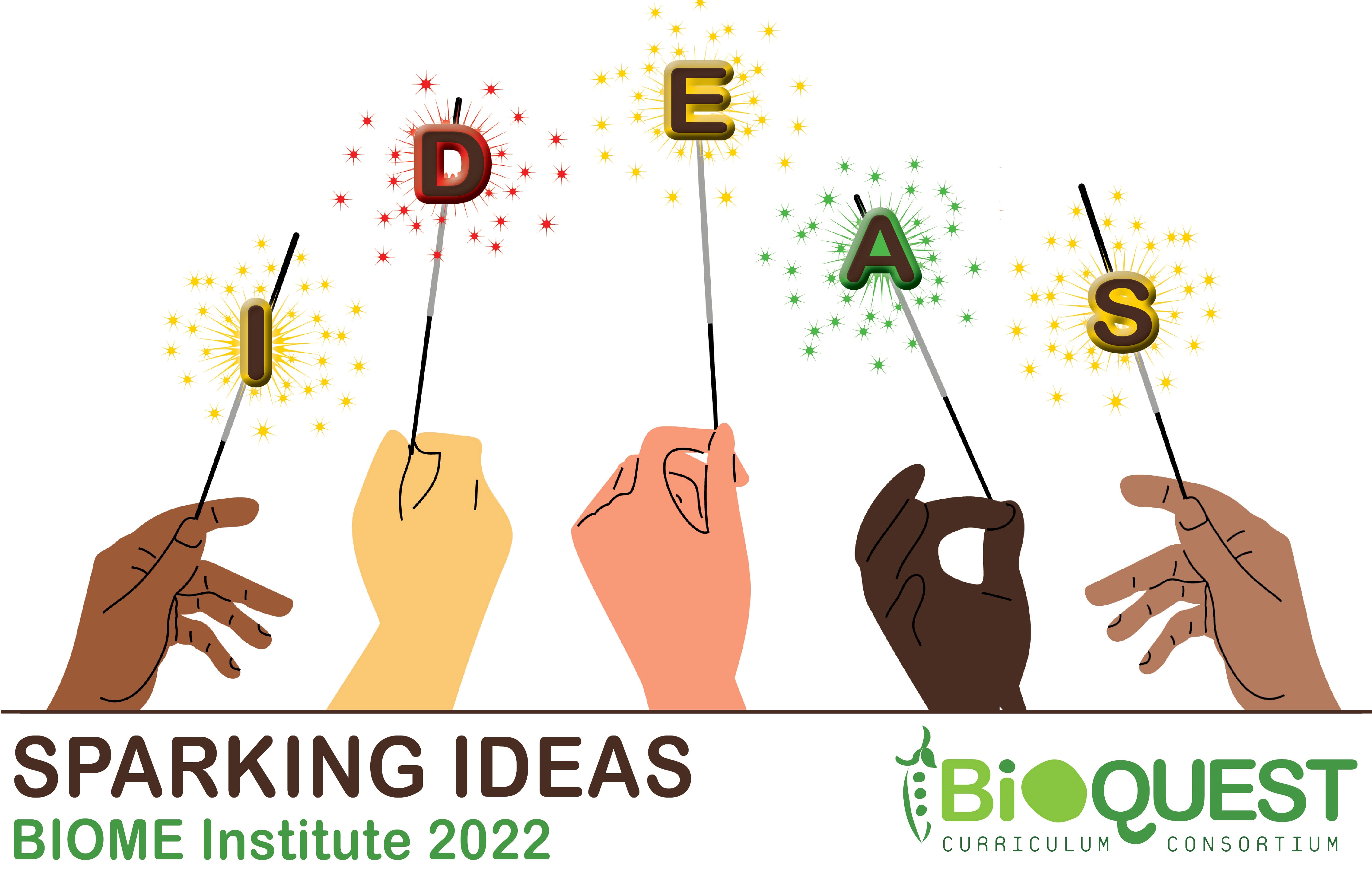Join the Natural History Education Community!
Author(s): Molly Phillips1, Anna Monfils2, Jennifer Bauer3, Elizabeth Leith4
1. iDigBio, Florida Museum of Natural History, University of Florida 2. Central Michigan University 3. University of Michigan 4. University of Wisconsin- Madison
1101 total view(s), 595 download(s)
Description
Natural History Collections offer a wealth of resources for educators and learners. To this end, digitization makes specimens, and the data and images associated with them, more accessible to a wide audience. However, educators and learners must know that resources exist, where to get those materials and how to use them. We, as collections professionals, must promote our outreach materials, make them readily available, and provide the background knowledge for accurate and safe use of specimens, data and supporting resources. The Society for the Preservation of Natural History Collections Education Committee formed in 2020 to help develop, support, and promote formal (K-12, Undergraduate and Graduate) and informal education, and outreach relative to natural history collections and biodiversity science as informed by natural history collections. One of the first initiatives was an establishment of a QUBESHub site to aggregate natural history educational resources, published as Open Educational Resources, or OER called the Natural History Education Portal. Anyone can add an OER resource to this portal. Sharing the resource as an OER on QUBESHub means the resource will be assigned a DOI and will have usage metrics available. The SPNHC Education Committee also hosts an annual Natural History Education DemoCamp. The goal of the NHE DemoCamp is to share, discover, and discuss educational materials that have a framework in natural history. These initiatives will be presented.
Cite this work
Researchers should cite this work as follows:
- Phillips, M., Monfils, A., Bauer, J., Leith, E. (2022). Join the Natural History Education Community!. 2022 Biology and Mathematics Educators (BIOME) Institute, QUBES Educational Resources. doi:10.25334/T5VW-JN48
